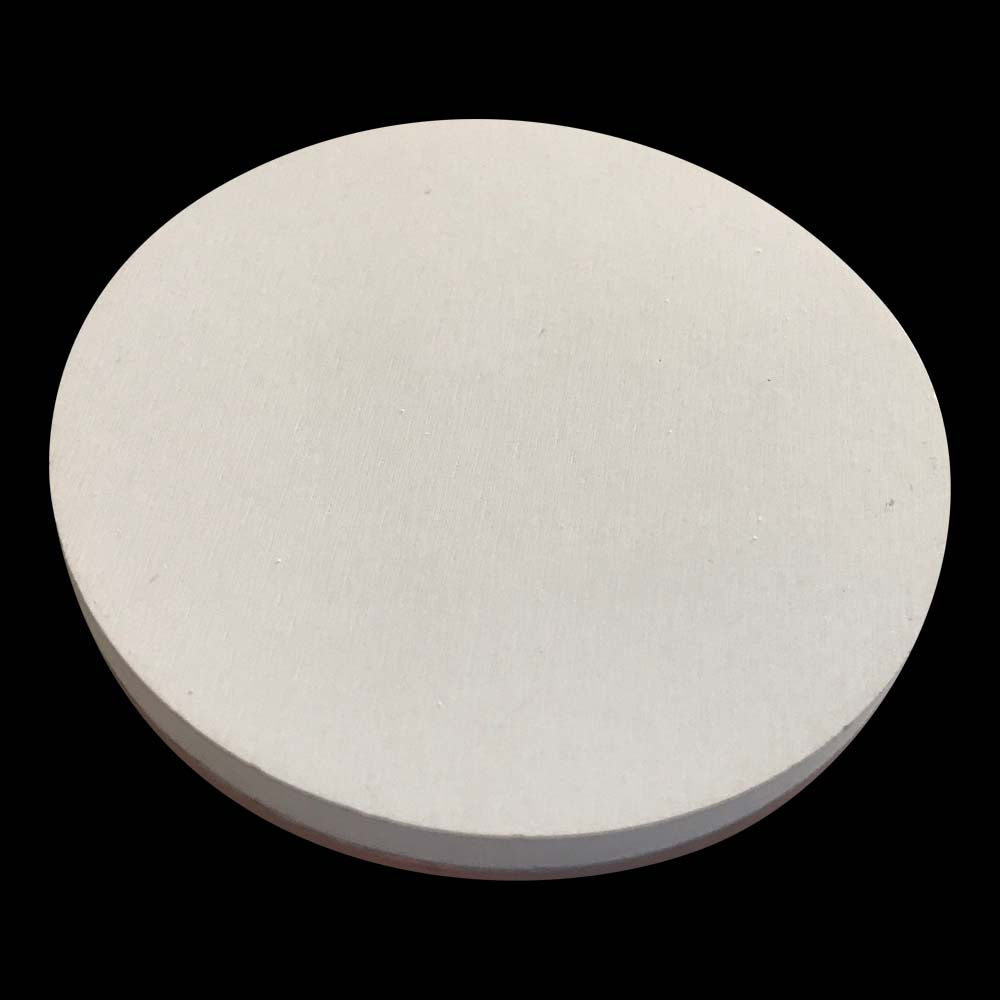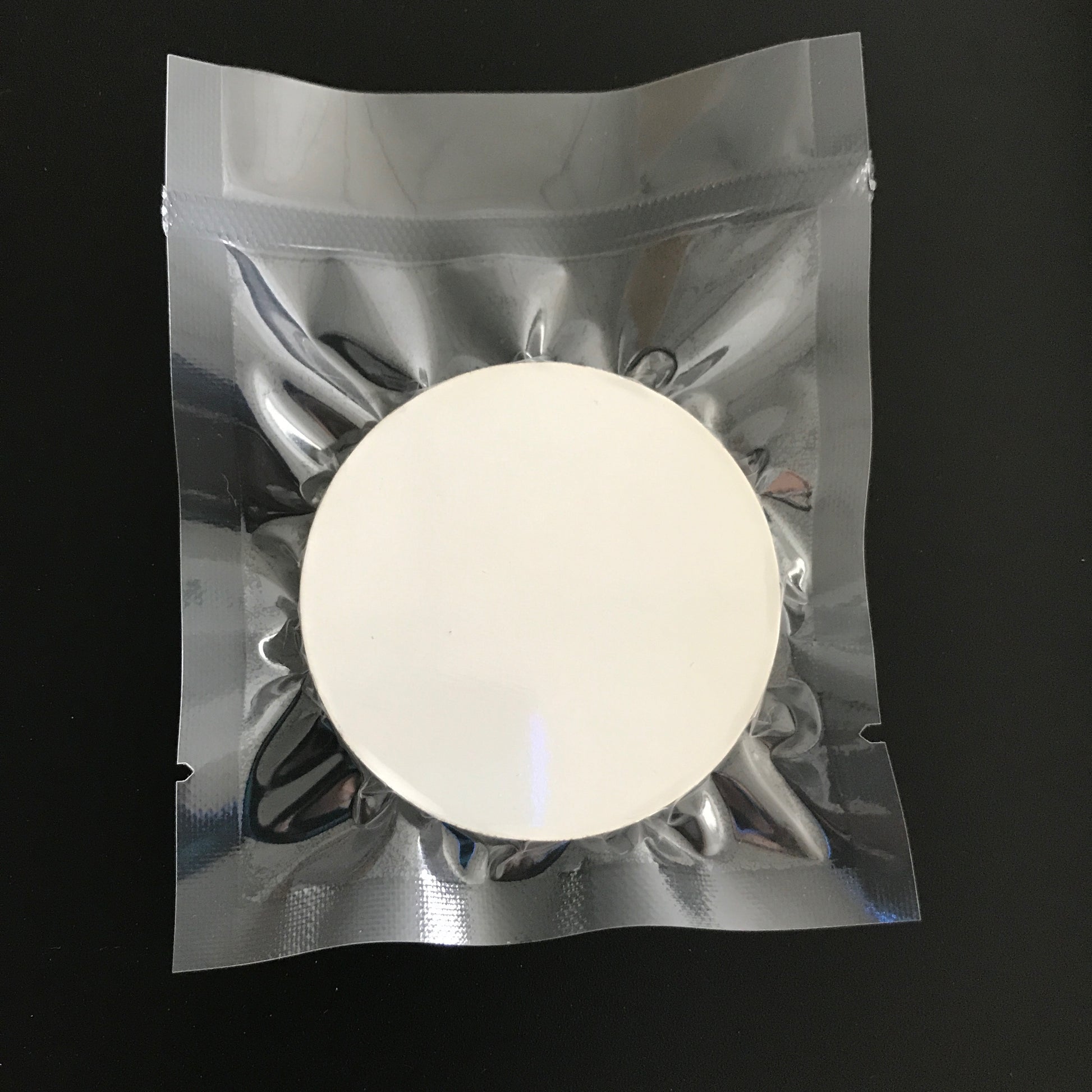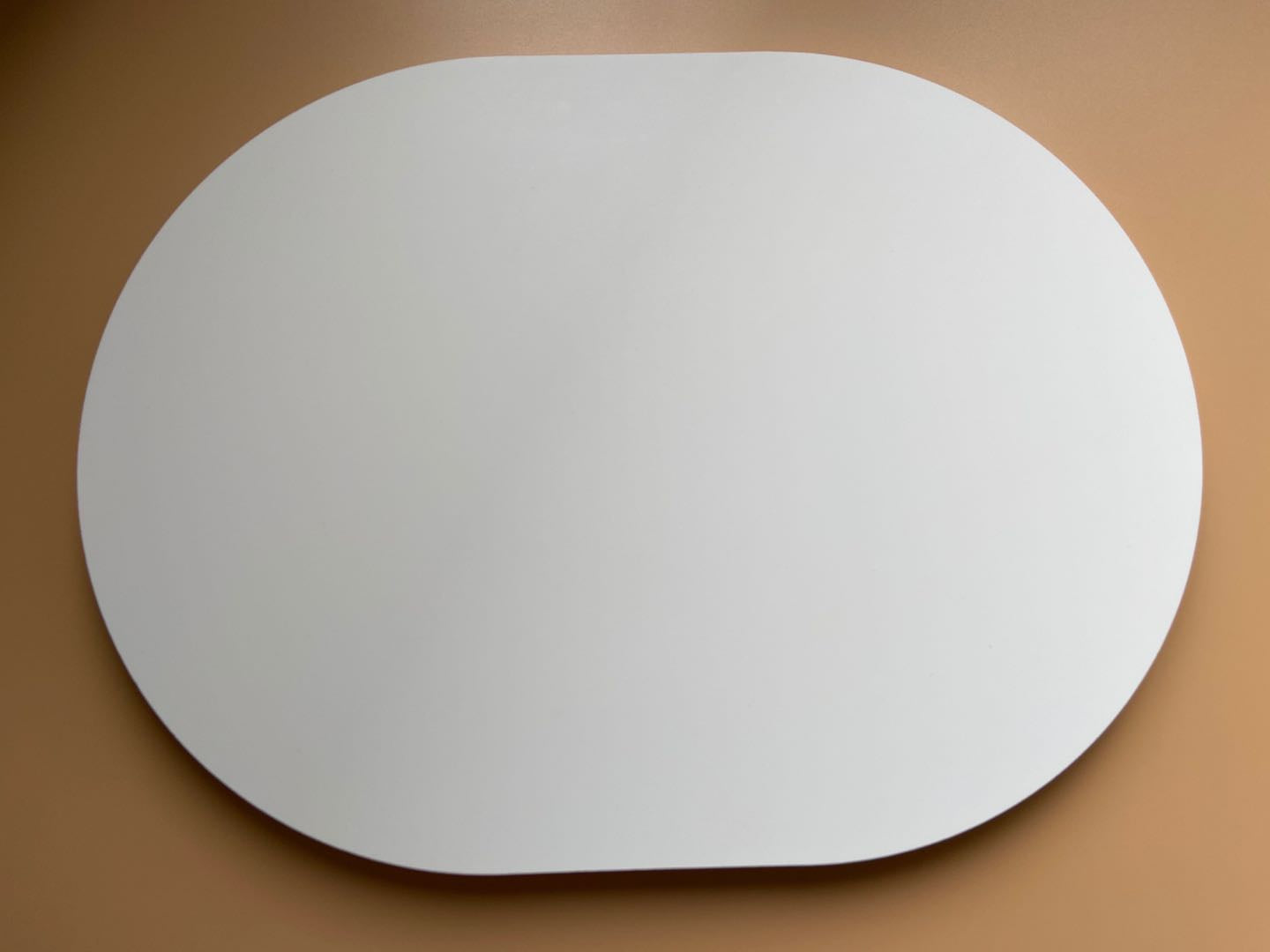Target Materials
Aluminium Dioxide (Al2O3) Sputtering Target
Aluminium Dioxide (Al2O3) Sputtering Target
Couldn't load pickup availability
| Material | Aluminium Dioxide, Alumina |
| Formula | Al2O3 |
| Purity | 99.995% |
| Typical Substrates | Glass, Silicon, Quartz, Devices, Single Crystals |
| Related Materials | SiO2, MgO |
Alumina (Al2O3) is a sputtering target material that is used to create thin films for a variety of applications. The colour of an Al2O3 sputtering target is typically very pure white and the films are typically transparent
The Common Uses of Sputtered Alumina (Al2O3) in Thin Film Form
The most common use of sputtered Al2O3 thin films is as an electrical insulator. Al2O3 thin films are used as dielectric layers in capacitors and other electrical components due to their high dielectric constant and low electric conductivity. Al2O3 thin films are also used as diffusion barriers in multilayer integrated circuits to prevent inter-layer electrical shorts. Other applications for Al2O3 thin films include use as corrosion-resistant coatings on steel and as optical coatings for lenses and mirrors.
Typical Materials and Substrates Al2O3 is Deposited On
Epitaxial films of Al2O3 can be deposited on substrates such as sapphire, spinel, and yttria-stabilized zirconia (YSZ). The most common substrate used for this purpose sapphire (Al2O3) for homoepitaxy as it is readily available and relatively low cost. Additionally, the lattice parameter of sapphire is well-matched to that of Al2O3, which Other substrates, such as spinel (MgAl2O4), also exhibit good lattice matching and can be used for epitaxial film growth.
For the deposition of quality polycrystalline films of Al2O3, a variety of different substrates can be used, such as silicon, quartz, and silicon carbide. In addition, the use of particular substrates can impart additional properties to the deposited films, such as lower resistivity, higher optical transparency, or improved thermal conductivity. For instance, the deposition of Al2O3 on silicon can lead to films with lower resistivity, while deposition on quartz can result in films with improved optical transparency.
What are the Typical Properties of Al2O3 in Thin Film Form
Al2O3 thin films have a wide range of properties, depending on the deposition technique used. Generally, Al2O3 thin films have a high dielectric constant, low electric and thermal conductivity, excellent corrosion resistance, high melting temperature, high hardness, high abrasion and oxidation resistance, Al2O3 thin films also have high thermal stability and can withstand temperatures up to 900°C.
What are the Typical Deposition Conditions for Al2O3 Thin Films by Sputtering?
Al2O3 thin films are most typically deposited by sputtering. To deposit Al2O3 thin films by sputtering, a target material with a high purity level of Al2O3 is required. The typical deposition conditions for Al2O3 thin films by sputtering include a substrate temperature between 200-400°C, a deposition Ar pressure of 0.25-1.0 mbar, and a deposition power of 150-500 W. Alumina can also be deposited by reactive sputtering with oxygen from a high purity metal Al target
What are the Typical Deposition Conditions for Al2O3 Thin Films by Pulsed Laser Deposition
Al2O3 thin films can also be deposited by pulsed laser deposition (PLD). To deposit Al2O3 thin films by PLD, a target material with a high purity level of Al2O3 is required. The typical deposition conditions for Al2O3 thin films by PLD include a substrate temperature between 300-800°C, a deposition pressure of 1-2 mbar, and a deposition power of 5-50 mJ/pulse.
Research Papers about Al2O3 Thin Films
1. Chen, S. H., & Chen, C. H. (1996). Growth and characterization of Al2O3 thin films by RF magnetron sputtering. Thin Solid Films, 281(1-2), 66-71. 2. Wei, D. D., Lee, S. T., & Chen, C. H. (2000). The deposition and properties of Al2O3 thin films by RF magnetron sputtering. Thin Solid Films, 358(1-2), 92-97. 3. Kim, H. W., Kim, S. W., & Lee, J. Y. (2007). Atomic layer deposition of Al2O3 thin films using trimethylaluminum and water. Journal of Vacuum Science and Technology A: Vacuum, Surfaces, and Films, 25(4), 1034-1039. 4. Lee, D. H., Kim, H. W., & Lee, J. Y. (2008). High-quality and highly conformal Al2O3 thin films by atomic layer deposition. Journal of Vacuum Science and Technology A: Vacuum, Surfaces, and Films, 26(3), 350-355. 5. Chen, S. H., & Chen, C. H. (2003). Growth and characterization of Al2O3 thin films by RF sputtering. Journal of Materials Science, 38(21), 4543-4550.
Materials
Materials
Shipping & Returns
Shipping & Returns
Dimensions
Dimensions
Care Instructions
Care Instructions
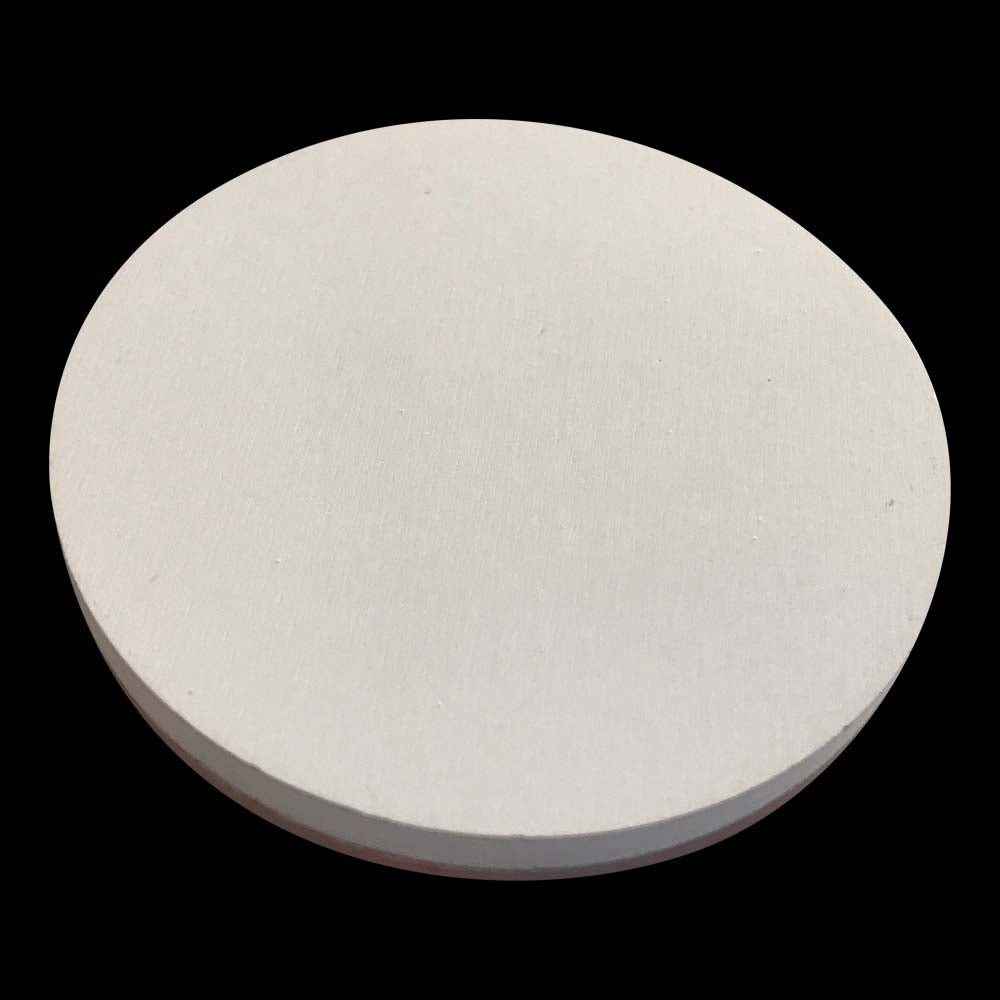
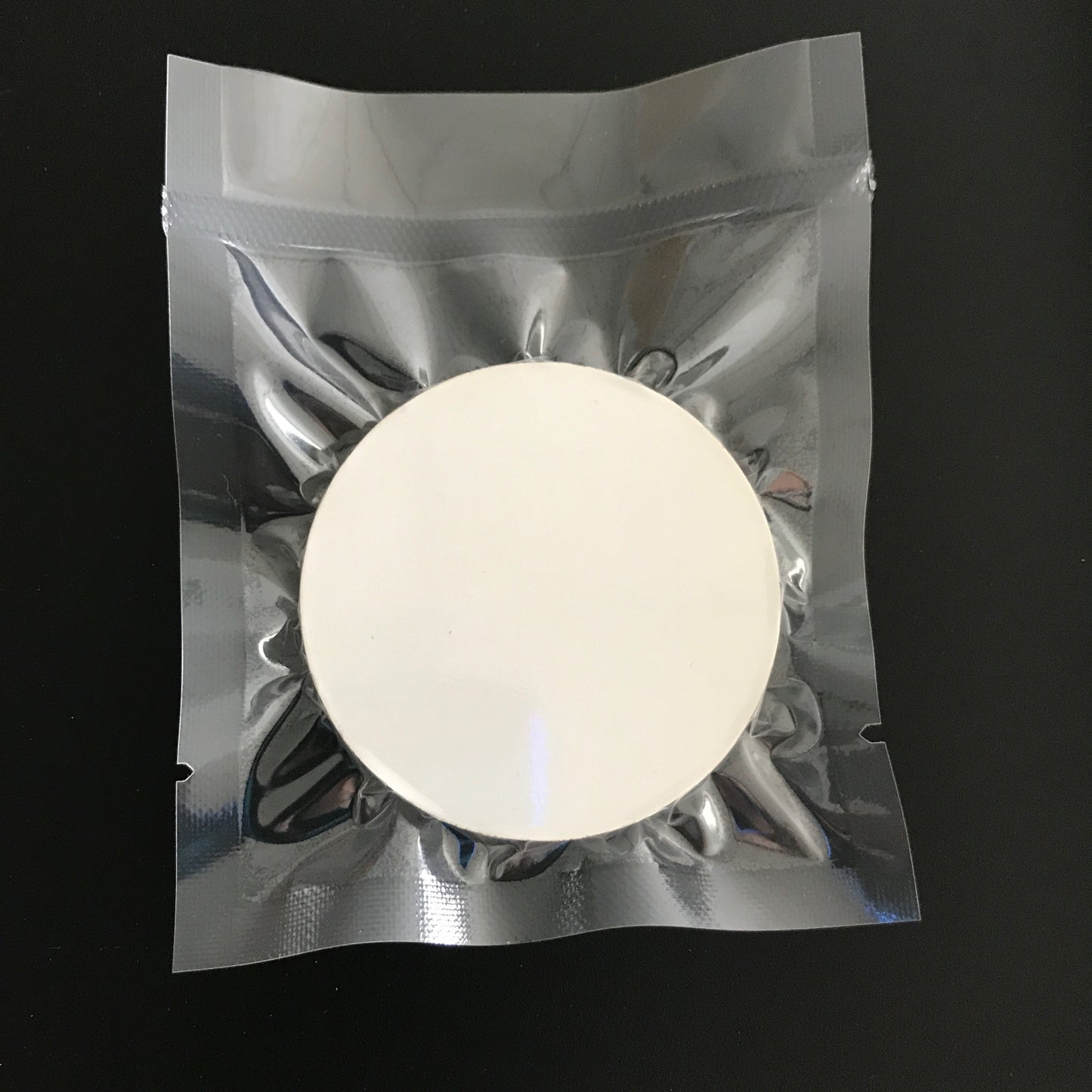
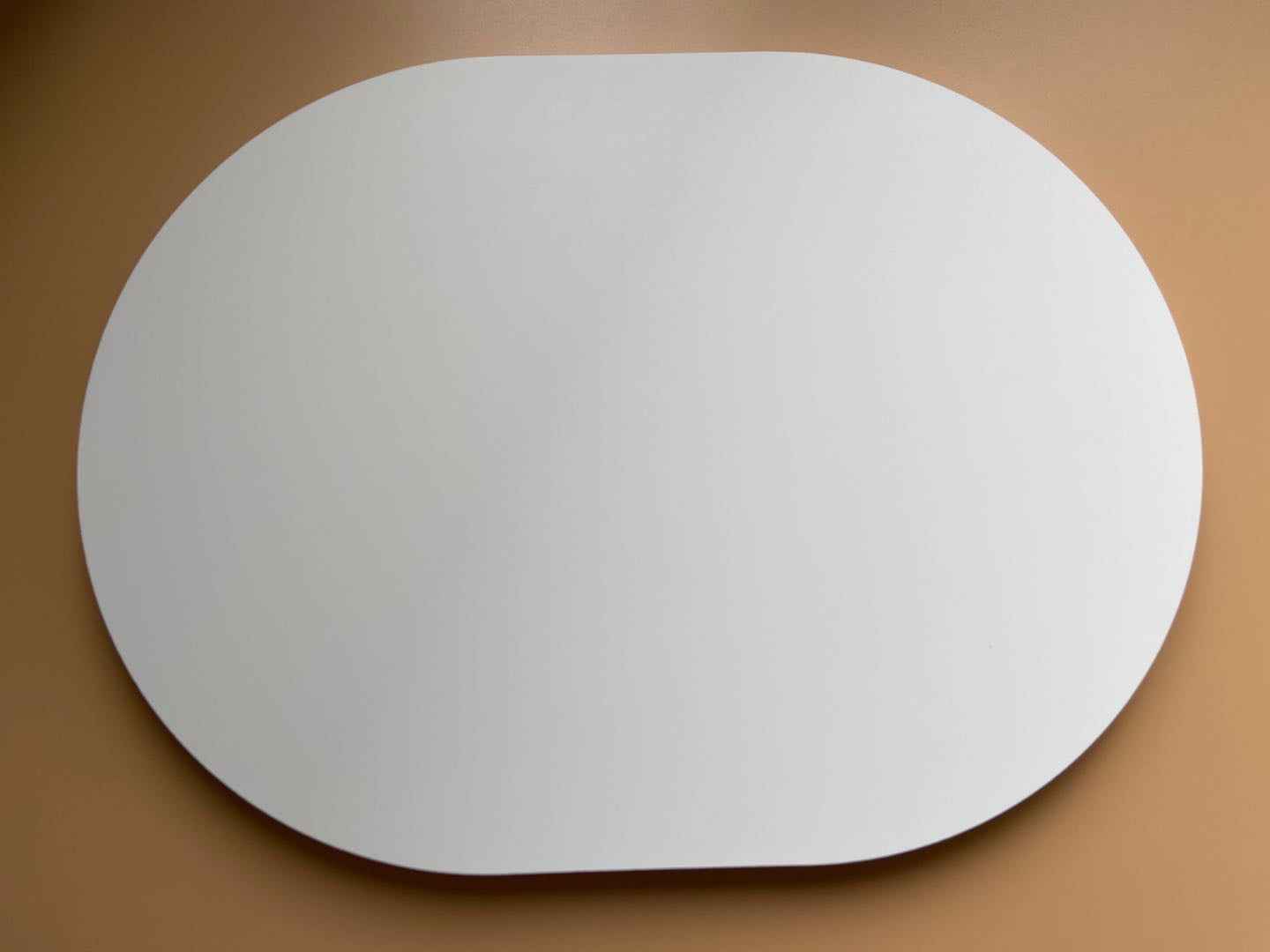
-
Free Shipping
Wherever you are, get free shipping on orders from Target Materials
-
High Quality Packaging
All our targets are vacuum packed, sealed and protected so they arrive with you exactly how they left from us.

